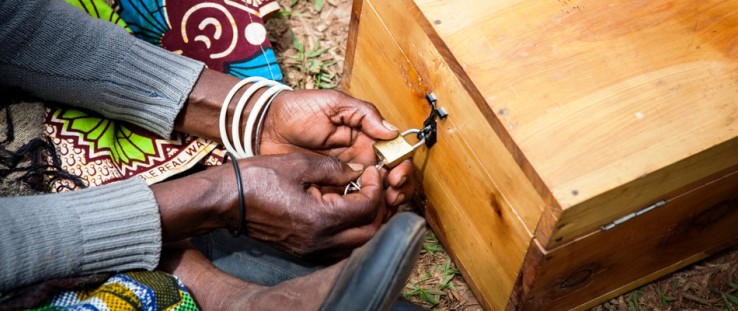 Integrated Savings and Lending Groups use a small wooden box to store their savings collected at meetings and their books.
Global Communities Rwanda
Integrated Savings and Lending Groups use a small wooden box to store their savings collected at meetings and their books.
Global Communities Rwanda
 Integrated Savings and Lending Groups use a small wooden box to store their savings collected at meetings and their books.
Global Communities Rwanda
Integrated Savings and Lending Groups use a small wooden box to store their savings collected at meetings and their books.
Global Communities Rwanda
Rwanda, the most densely populated country in Africa, faces many challenges on the road to economic growth. In 12 years working in the field, I have seen time and again that one of the biggest challenges is increasing access to financial services for all.
The Government of Rwanda established that 90 percent of its population will become clients of formal financial institutions as part of the country’s larger goal to increase agricultural productivity through financial services and become a middle-income country by 2020. The government has engaged stakeholders in the development of key planning documents like the National Microfinance Policy, and outlined the role that these stakeholders, both public and private, can play in achieving the country’s goal of an inclusive financial sector.
I have played an active role in providing technical assistance to programs implemented by Global Communities here on the ground, specifically, USAID/Rwanda’s Integrated Improved Livelihoods Program, commonly known as USAID Ejo Heza—Kinyarwanda for “Brighter Future.” This program is proving instrumental in improving livelihoods and food consumption for 75,000 of Rwanda’s very poor, particularly women. It links low-income households to financial services and helps them start and grow micro-enterprises.
At the same time, the program helps financial services providers develop and deliver effective products for the rural market. It also supports financial literacy, integrates nutrition messaging, and promotes kitchen gardening and improved food handling to support more nutritious diets.
Eugenie Niragire is one of our women community volunteers popularly known as a behavior change volunteer. She was trained on improved agricultural techniques and nutrition. The training provided by the program equips beneficiaries with skills, including how to build a kitchen garden.
Eugenie built a kitchen garden within her home and used it as a training platform for members of her nutrition group who then established their own kitchen gardens. Nutrition groups made up of about 20 mothers come together to receive training and skills on improved health and nutrition practices. Other community members, on seeing what Eugenie’s group had done, requested support to establish their own gardens. Eugenie’s nutrition group, because of the demand, decided to charge small fees for the exercise.
The group, which formed in July 2012, began by charging about $5 per kitchen garden. They now charge about $8. On seeing that they were making money, nutrition group members decided to become a savings group, referred to as an Integrated Savings and Lending Group within Global Communities Rwanda. Members currently meet twice a month for saving and lending activities and have accumulated about $1,000, with each member contributing about $3 per month.
The program continues to promote these Integrated Savings and Lending Groups as they begin to link up with financial institutions for larger loans.
Increasing Financial Literacy
I have witnessed firsthand the urgent need to more fully develop the agricultural and rural finance sectors and increase the population’s financial literacy, which is directly linked with agricultural development, nutrition and economic growth. That is why this program helps beneficiaries form savings groups and cooperatives, then provides training on growing their enterprises.
The program has adapted financial education modules on key topics such as saving, budgeting, debt management and bank services, which will be used to train all beneficiaries in the savings and loan groups and cooperatives. This will enable our community members to make informed financial decisions.
A financial landscape mapping study conducted by Ejo Heza in 2012 found several obstacles that prevent Rwandans from using formal banking services. In 2006, a number of cooperatives collapsed. All these years later, that event continues to shake the population’s trust in the microfinance sector. Low levels of financial literacy also play a role.
One commercial bank representative interviewed for the study called lack of education one of the biggest challenges in working with rural clients “because they are not people who will get a pamphlet and understand the product. They don’t already know the products and what they need.”
In addition, there is a perception that financial service needs are better met by informal services. Respondents said internal savings and lending groups and merry-go-rounds—microfinancing programs that allow members to draw from pooled funds—were considered more affordable and easier to access.
Improved Financial Access
The good news is that steps forward in financial access, especially in the rural areas, are being made. According to findings from a 2012 FinScope survey, 23 percent of the adult population in Rwanda is considered “banked,” while 42 percent is considered “financially included” (using formal financial services). This is a 9 percent increase in the banked population and a 21 percent increase for the financially included since the 2008 survey. This is largely due to the rollout of local Umurenge Savings and Credit Cooperatives (SACCOs) in each of the 416 sectors with all 30 districts. Umurenge means “sector” in Kinyarwanda, with a district covering a number of sectors. The government is supporting these efforts.
There is more work to do, including pairing financial education with basic literacy; increasing the use of ATMs, point-of-sale devices and other technology; upgrading financial knowledge for those who already grasp the basics; and targeting financial lessons at young people.
The program is working with financial institutions like banks and microfinance institutions to develop more appropriate products and services for rural communities. It is working on sensitizing communities to use mobile payments. About 60 percent of our savings groups are linked to SACCOs, where they save some of the money collected from their members and are also able to access larger loan amounts than those available from their savings group loan fund.
Global Communities and other partners on the ground continue to work to expand these opportunities and thereby increase financial literacy and usage of financial products among all Rwandans.
Loan Guarantees Bring Financing to Thousands
Putting Local Wealth to Work
Whether it’s getting working capital to promising entrepreneurs or input financing to small farmers, USAID’s Development Credit Authority (DCA) seeks to prove the commercial viability of underserved markets so that lending and investment continues after USAID exits countries. Through DCA, more than 300 transactions between financial institutions and USAID have made up to $2.3 billion in private financing available for more than 130,000 entrepreneurs around the world.
A New Kind of Farm, a New Kind of Development
In 2011, USAID, J.P. Morgan, the Bill & Melinda Gates Foundation, the Gatsby Charitable Foundation, and the Rockefeller Foundation announced a first-of-its-kind effort to invest $25 million in the African Agricultural Capital Fund (AACF), which is designed to deliver much-needed growth capital to boost the productivity and profitability of Africa’s undercapitalized agriculture sector. The Northern Uganda Agriculture Cooperative, or NUAC farm, in Northern Uganda is one of the first agribusinesses to receive financing from this fund. In order to attract investors to East Africa’s fledgling but increasingly profitable agribusinesses, USAID’s Development Credit Authority is guaranteeing 50 percent of an $8 million commercial loan from J.P. Morgan’s Social Finance Unit to AACF. The fund is also supported by $17 million in equity investment from the Gates, Gatsby and Rockefeller foundations.







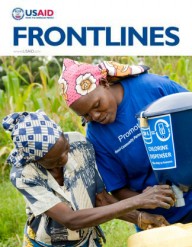

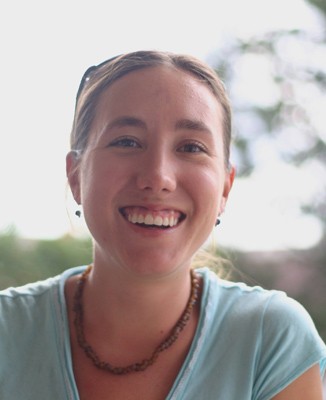
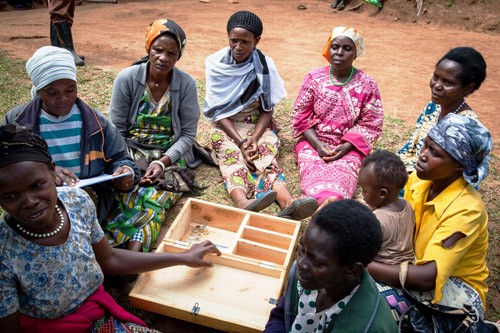
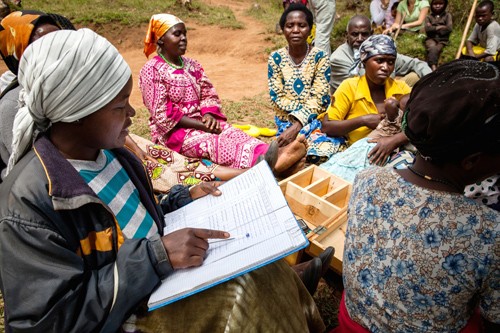
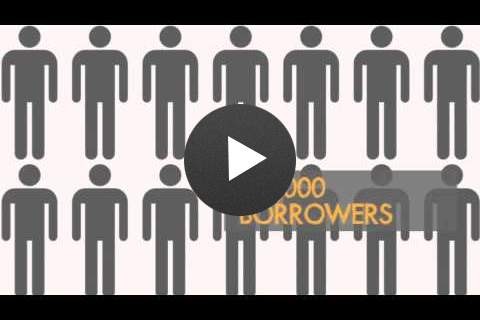
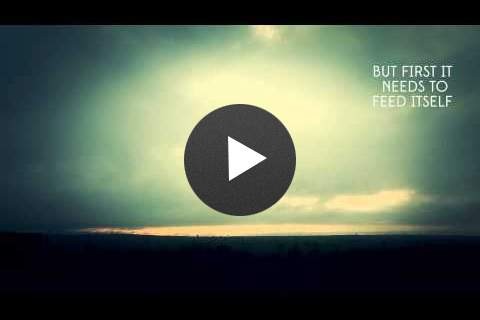
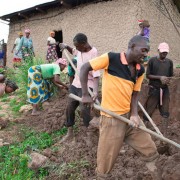
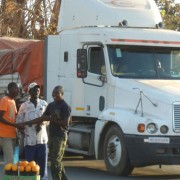
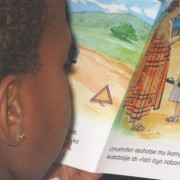
Comment
Make a general inquiry or suggest an improvement.